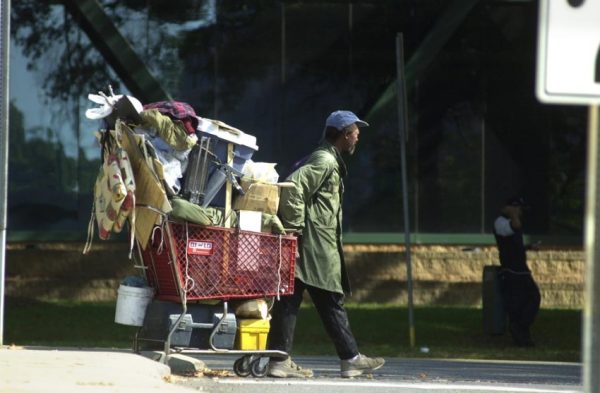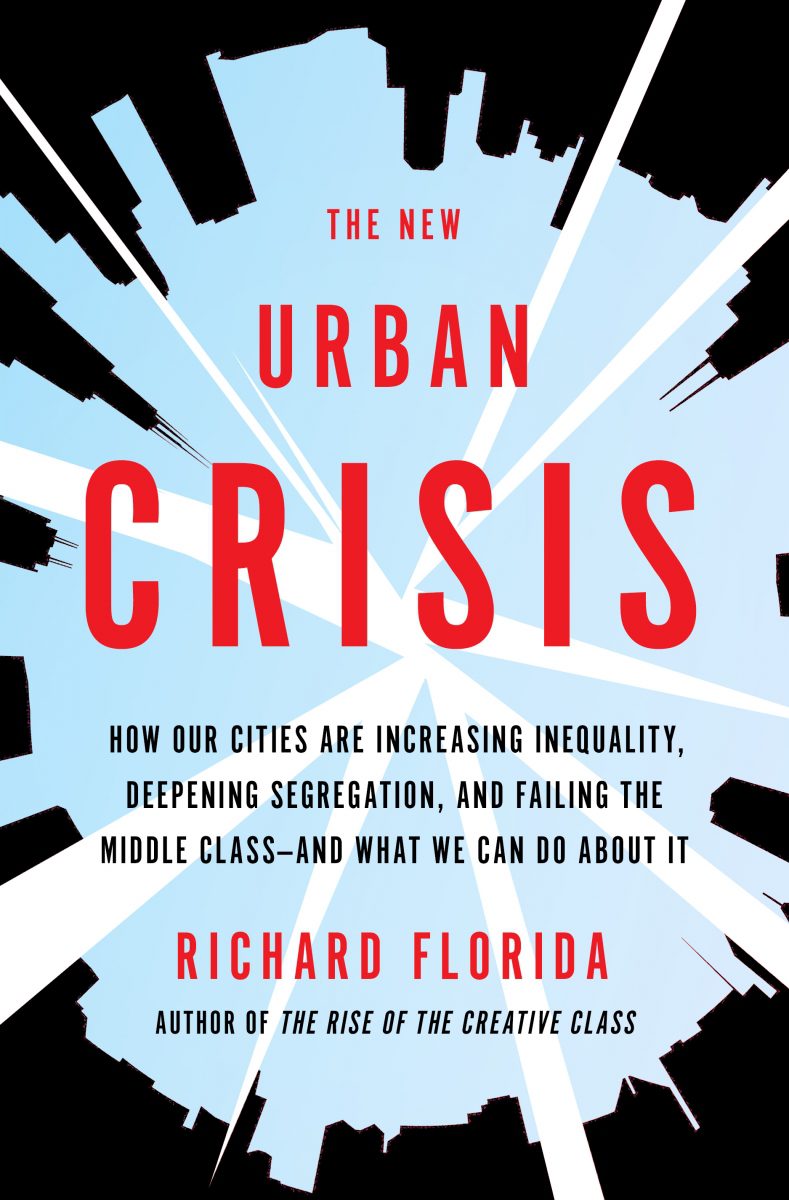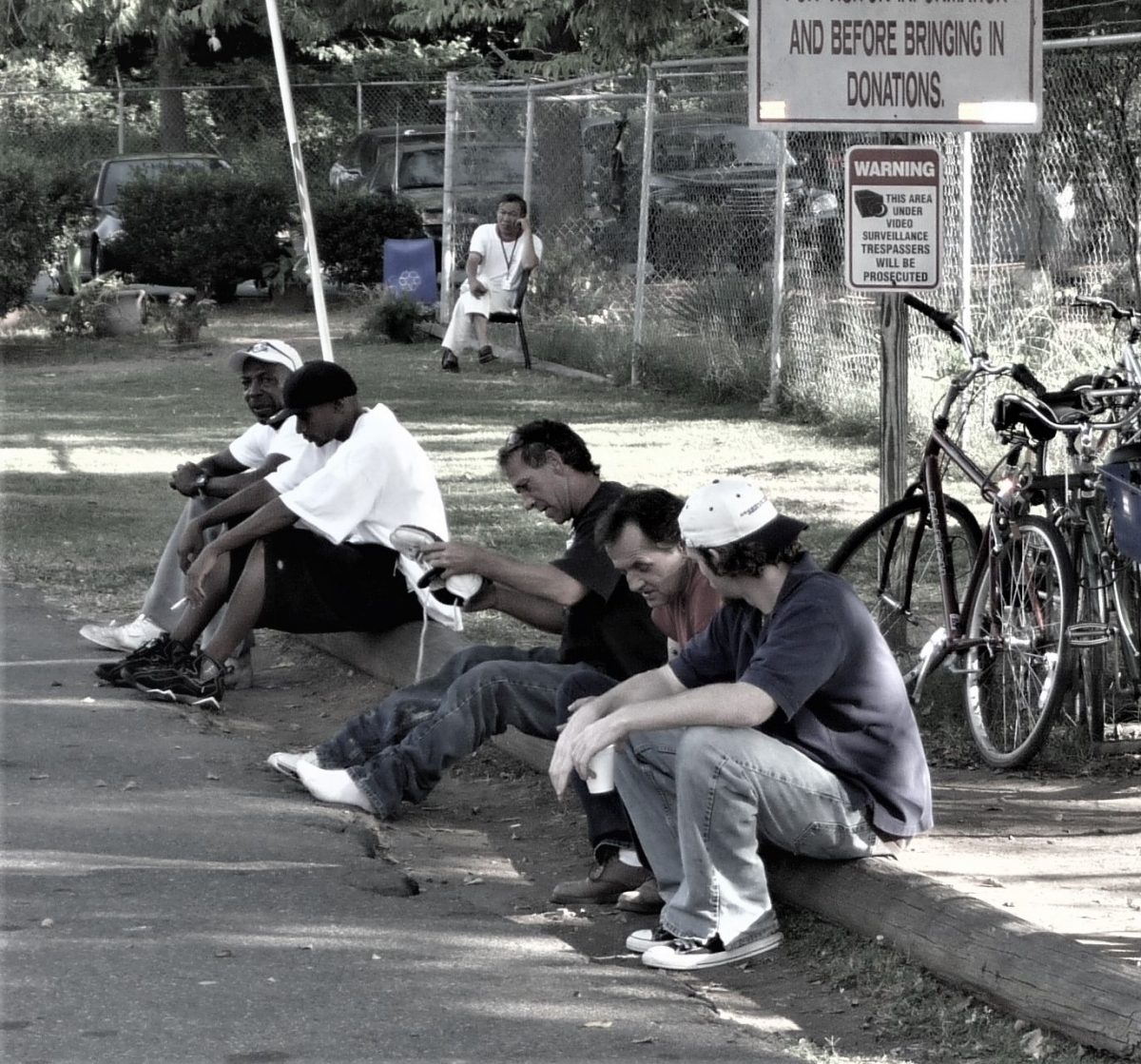Storm clouds over Charlotte? A Richard Florida page-turner

When Charlotte jumped on the “creative class” bandwagon 15 years ago, I scoffed and muttered to a few colleagues that you could walk down any street within five blocks of Harvard or MIT and spot more dot-coms, book stores and other creative venues than in the entire city of Charlotte. A lot has changed for Charlotte since then, much for the better.
But in The New Urban Crisis, Richard Florida casts a stark light into the shadows of urban revitalization. What he reveals is that we are in the midst of yet another urban crisis, as bad or worse than the suburban flight and decay of central cities of the ’50s and ’60s.
 The New Urban Crisis: How Our Cities Are Increasing Inequality, Deepening Segregation, and Failing the Middle Class and What We Can Do About It
The New Urban Crisis: How Our Cities Are Increasing Inequality, Deepening Segregation, and Failing the Middle Class and What We Can Do About It
Granted, his book focuses primarily on forces shaping top-tier cities like New York, Los Angeles, San Francisco and London, but their fault lines are visible in the issues a second-tier city like Charlotte wrestles with daily.
In 2002, Florida catapulted to rock star status with the bestselling The Rise of the Creative Class, and his influence as an urban intellectual of note has not abated. The gist of Creative Class was that the key resource for success in a 21st-century knowledge economy is innovative human capital. “Talent, tech and tolerance” was his recipe for a resurgent prosperity and high quality of life. The creative class, as he defined it, was (and still is) loosely made up of digital techies, performance and visual artists, gays and lesbians, venture capitalists, entrepreneurs and the like. It turns out this population cohort, estimated as high as 32 million people, is also synonymous with a pro-urban, place-making life style.
One would be hard-pressed to attempt debating this theory in light of how far the knowledge economy has progressed. That is why, to the surprise of many, myself included, The New Urban Crisis veers so sharply in the opposite direction from his earlier theory. Success, argues Florida, has become its own worst enemy. He is convinced the current urban crisis is as bad as, or worse than, the suburban white-flight and central city decay of the ’50s and ’60s.
Today’s crisis, he writes, is all about the clash of classes amid hyperventilated competition for limited urban turf, what Florida dubs real estate “clustering.” It’s about supercharged, “winner-take-all” price escalations and the unintended consequences. It’s about the “über elite” running amok at the expense of an entrenched poverty class – which he says is more prevalent in the suburbs than in the central city. It’s about Whole Foods vegan gourmet vs. Walmart discount grocery vs. food desert.
Make no mistake, Florida’s about-face runs deep, and he backs his charges with an exhaustive barrage of data points, anecdotes, charts and maps of city rankings, sometimes citing the Charlotte metro region near the top of the list of worrisome locales.
It’s a layered landscape: neighborhood vs. neighborhood, city vs. suburb, superstar cities vs. cities of dimmer orbs. The crisis is also global, mirroring contradictions between cities of unprecedented wealth and cities of dysfunction and destitution. “The New Urban Crisis”, he summarizes, “is a crisis … of urbanization itself, and of contemporary capitalism writ large.”
But don’t despair. Florida stops short of throwing in the towel. In the final chapter, “Urbanism for All,” he postulates seven “key pillars” for radical change to reverse the chasm dividing haves from have-nots:
1. Reforming building and zoning codes in concert with changes to real estate taxing rates to reflect the highest and best uses of land.
2. Investing in mobility infrastructure tied to density instead of sprawl.
3. Building affordable housing in prime locations.
4. Resuscitating the vanishing middle class by raising service workers’ pay to “family-supportive” income levels.
5. Tackling concentrated poverty head-on by investing in “place-based” enterprises.
6. Engaging in a global effort to build more prosperous cities in rapidly urbanizing contexts.
7. Empowering local leadership to take the lead in overcoming the gross disparities of the urban crisis.
It takes little stretch of imagination to connect these pillars to the greater Charlotte environment, although city and county governments in North Carolina lack some of the independent powers to tackle what Florida advocates, such changing tax structures and building codes, or raising the minimum wage.
Think of the city of Charlotte’s obsolete zoning code and risk-averse planning department, and a light rail system stalled for lack of funding, huge pockets of poverty that continue to divide black from white, and elected officials who appear more interested in soccer stadiums than meeting the long-term demand for parkland. Florida makes little attempt to get into the details of his pillar agenda, but maybe it’s because he prefers, and rightly so, that each community determine how to heal its own wounds and recalibrate its future.
This book delivers a powerful message. It bears careful reading, review and reflection, even if one finds fault with its radical contours. But remember, many critics felt the same about his first book. That’s what makes Richard Florida, Richard Florida.
Martin Zimmerman is the former director of campus planning at UNC Charlotte and a frequent contributor to PlanCharlotte.
Opinions in commentary articles are those of the author and not necessarily those of the UNC Charlotte Urban Institute or the University of North Carolina at Charlotte.
 Men await day labor jobs outside Charlotte’s homeless shelter on North Tryon Street near uptown. Photo: Martin Zimmerman
Men await day labor jobs outside Charlotte’s homeless shelter on North Tryon Street near uptown. Photo: Martin Zimmerman